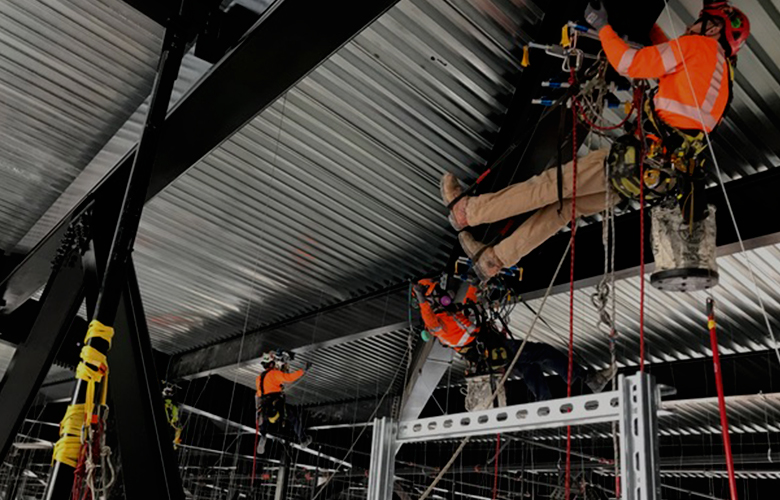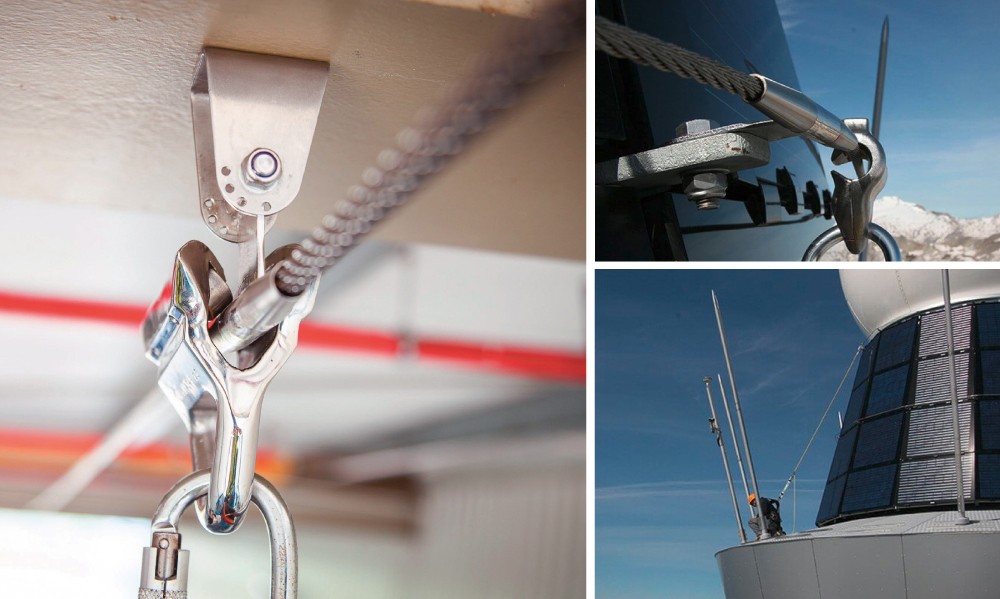Earth Anchor Modern Technology: A Solid Option for Earthquake-Proofing
Earth Anchor Modern Technology: A Solid Option for Earthquake-Proofing
Blog Article
High-Performance Support Equipments for Any Kind Of Application
High-performance support systems are critical in making certain safety and stability across a wide variety of applications, from building and construction to aerospace. Comprehending the nuances of different anchor types and their corresponding installation strategies is essential.
Kinds of Support Equipments
When thinking about the varied applications of anchor systems, what are the main kinds that experts depend on for high-performance outcomes? Support systems can be extensively categorized into a number of kinds, each made to meet specific demands based on the nature of the load and environmental conditions.
The initial group is mechanical supports, that include growth supports, wedge supports, and screw anchors. These are normally used in concrete and stonework applications, giving durable holding power through mechanical interlock or friction.
One more considerable type is glue anchors, which utilize chemical bonding representatives to protect the support within the substrate. This kind is specifically useful in applications where high tensile strength and resistance to shear forces are required.
In addition, there are easy anchors, such as deadman supports, which depend on the weight and resistance of bordering materials to safeguard objects. They are frequently used in outside applications or where vibrant loads are existing.
Last but not least, there are specialized support systems like ground supports, which are made use of in civil design and building projects for maintaining structures. Each sort of support system is created with specific efficiency metrics in mind, making sure optimum safety and security and performance throughout numerous applications.
Key Functions and Benefits
High-performance support systems provide a range of vital attributes and benefits that enhance their effectiveness in various applications. One of the main features is their superior lots capability, which guarantees stability and safety under considerable stress and anxiety problems. This is achieved through advanced materials and design layouts, permitting for trustworthy performance in demanding atmospheres.
Additionally, these systems commonly include cutting-edge technology such as deterioration resistance and flexibility to various substratums. This not just extends their life-span but also minimizes maintenance prices, making them a cost-efficient service in time. The convenience of high-performance support systems permits seamless integration into different frameworks, enhancing their use throughout many tasks.
One more notable advantage is ease of installment. Several high-performance supports are developed for uncomplicated and quick release, lowering labor time and enhancing general task effectiveness. Additionally, their lightweight nature promotes transportation and handling, adding to streamlined operations.
Applications in Numerous Industries

In the transport industry, high-performance anchors are used to secure roadway and rail infrastructure, adding to the safety of guests and cars. Their reliability is vital in protecting against structural failings that might result in disastrous mishaps. In addition, in the renewable resource field, these supports are vital for safeguarding wind generators and photovoltaic panel installments, ensuring they withstand ecological anxieties while making the most of effectiveness.

The aerospace industry likewise utilizes advanced anchoring remedies to protect parts throughout manufacturing and transportation, where precision and reliability are crucial. In each of these applications, the selection of proper anchor systems can substantially affect general project success, highlighting the adaptability and necessity of high-performance anchors across different commercial landscapes.

Setup Strategies and Tips
Appropriate installment of high-performance anchor systems is important to their effectiveness and durability. To guarantee ideal efficiency, it is vital to comply with Click Here established setup methods customized to the particular kind of anchor system and application.
Begin by thoroughly analyzing the installment site, consisting of the substrate problems, lots needs, and ecological variables. Precise measurements and positioning are important; make use of laser degrees or plumb lines to maintain accuracy. When drilling, choose the suitable bit size and type for the anchor system, ensuring precise and tidy holes to avoid material damage.
Utilize the advised torque setups throughout attaching to prevent over-tightening or under-tightening, which can endanger the support's stability. Additionally, adhere to the producer's standards regarding spacing and side distances to make best use of load circulation and lessen potential failing points.
Always employ personal safety tools (PPE) throughout the installation process, and consider utilizing specialized devices developed for high-performance anchors to boost effectiveness and safety and security. Lastly, perform a detailed evaluation post-installation to validate that all parts are safely fastened and in positioning, making certain the support system is prepared to perform under anticipated loads. Earth Anchor.

Maintenance and Safety And Security Factors To Consider
To ensure the long life and dependability of support systems, regular maintenance and safety considerations have to be prioritized. Routine assessments are important to determine wear and tear, corrosion, or any type of architectural shortages that might jeopardize the support's performance. A detailed upkeep routine must consist of checking the honesty of anchor parts, such as plates, welds, and screws, and guaranteeing that all connections are protected.
Furthermore, ecological aspects can read here substantially affect anchor systems. Exposure to harsh weather condition conditions or corrosive materials can speed up wear and tear. Applying safety finishings or utilizing corrosion-resistant products can enhance sturdiness and extend life span.
Security considerations are vital; customers need to abide by supplier guidelines relating to lots limits and functional procedures. Training employees on proper use and possible threats is essential in avoiding mishaps. Executing a safety management system that consists of normal drills and feedback devices can grow a society of safety.
Final Thought
In final thought, high-performance anchor systems represent a crucial development across multiple markets, offering outstanding tons capability, deterioration resistance, and flexibility. Regular upkeep and thorough evaluations further improve their performance, developing these anchor systems as essential components in securing structures and devices.
High-performance support systems are essential in ensuring safety and stability throughout a multitude of applications, from building to aerospace.High-performance support systems use an array of crucial features and benefits that enhance their effectiveness in numerous applications. The adaptability of high-performance anchor systems permits for smooth assimilation into various see this page frameworks, boosting their functionality across numerous projects.
In diverse markets, high-performance anchor systems play a vital role in making certain structural integrity and safety (Earth Anchor).In conclusion, high-performance anchor systems represent a crucial innovation throughout several industries, offering outstanding load capability, corrosion resistance, and flexibility
Report this page